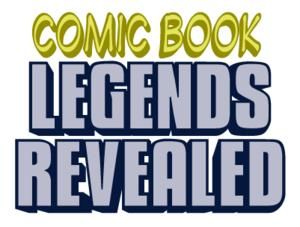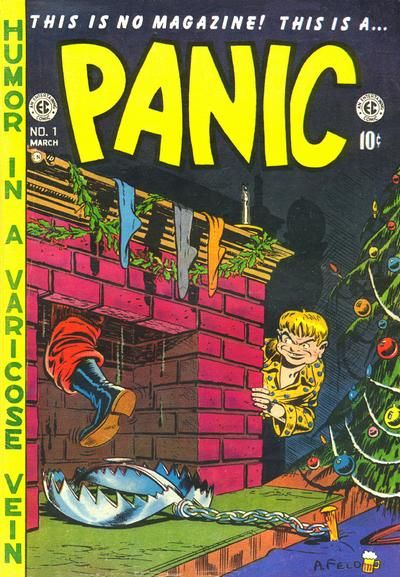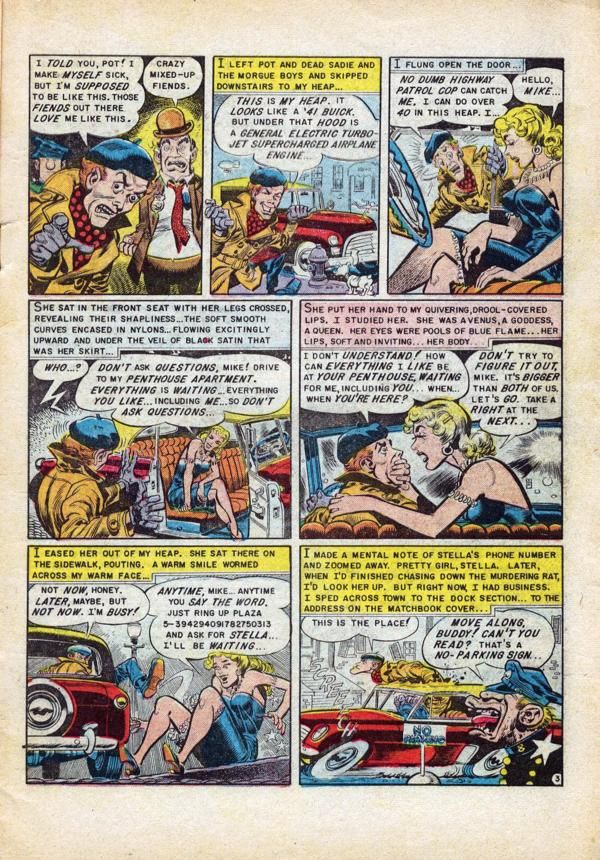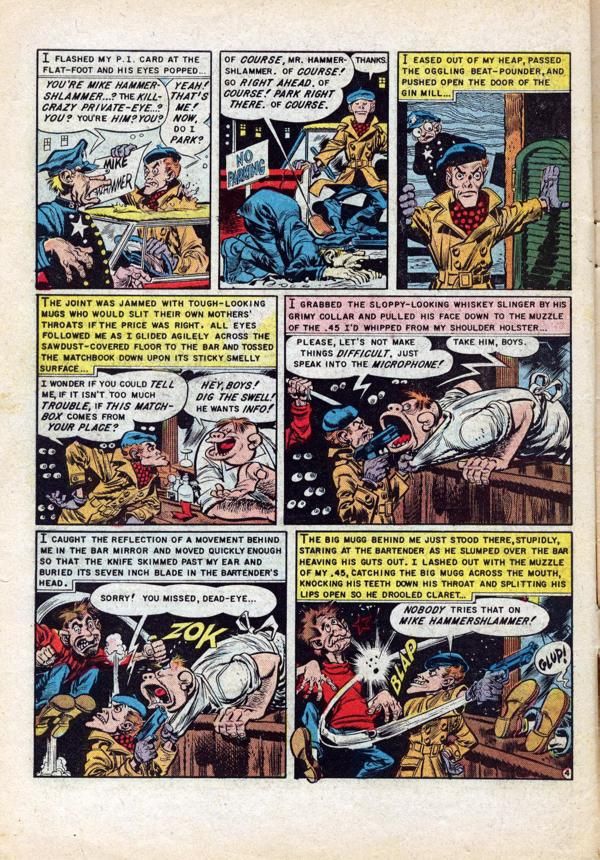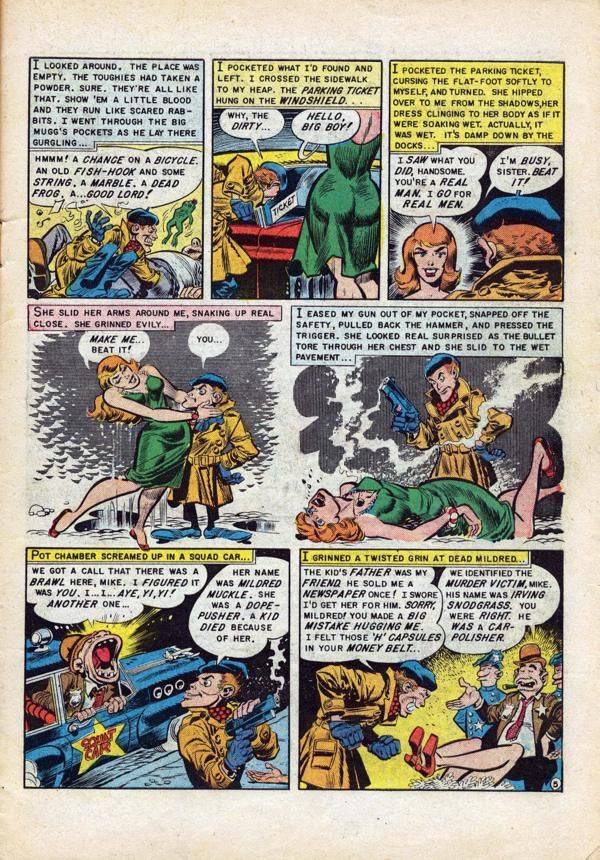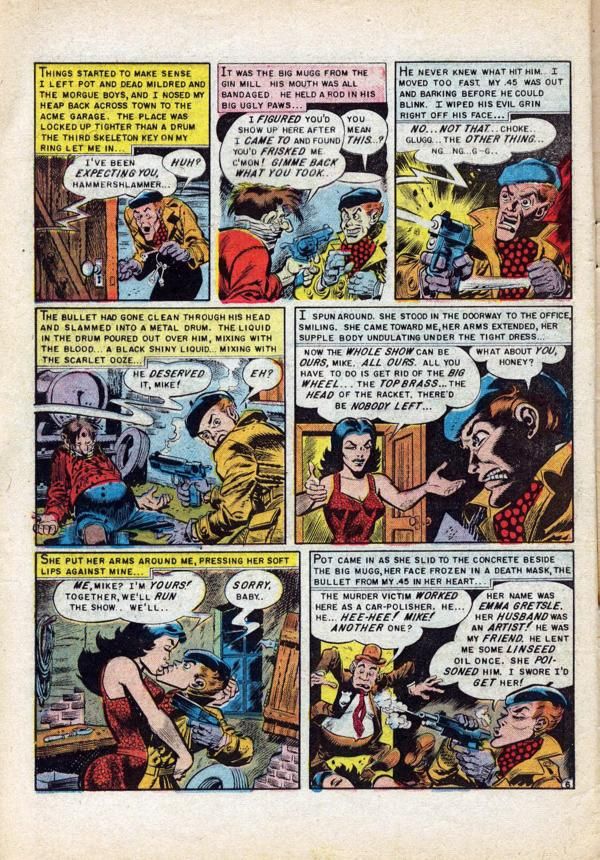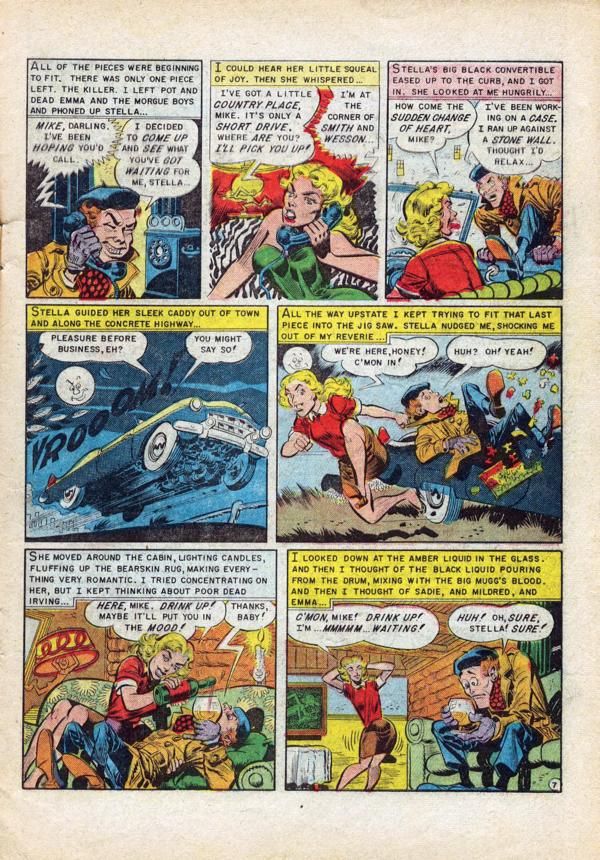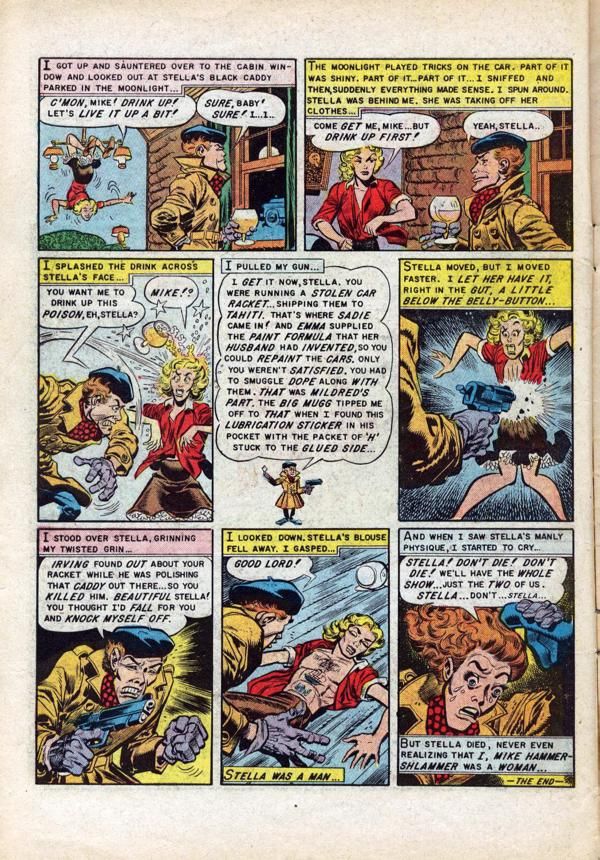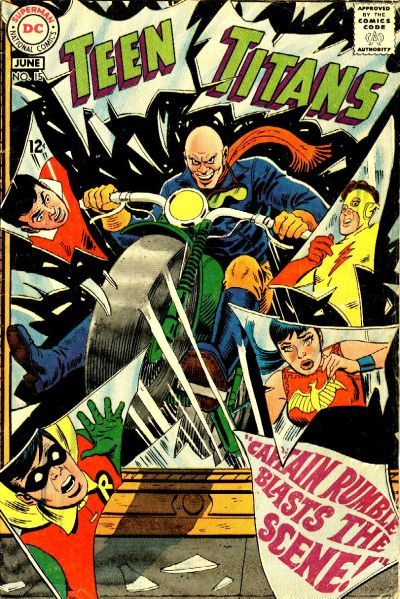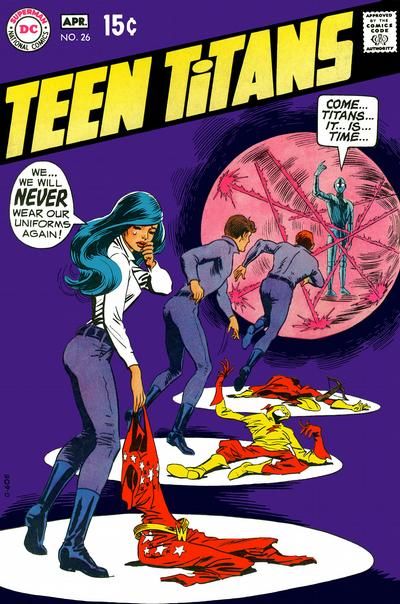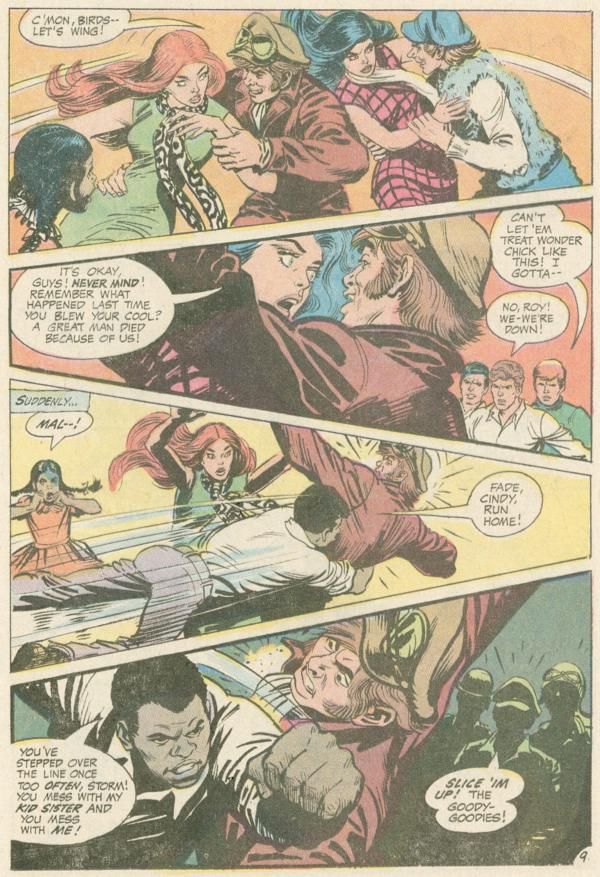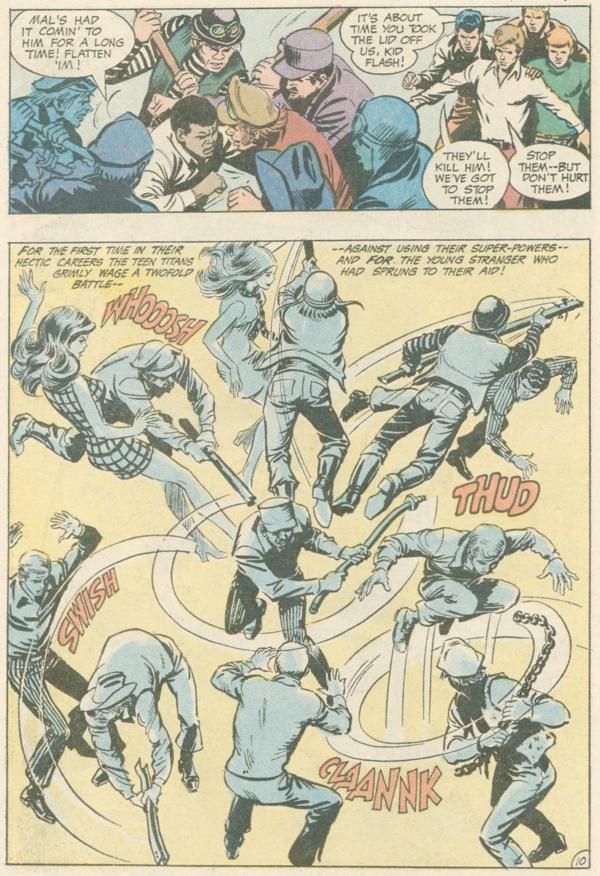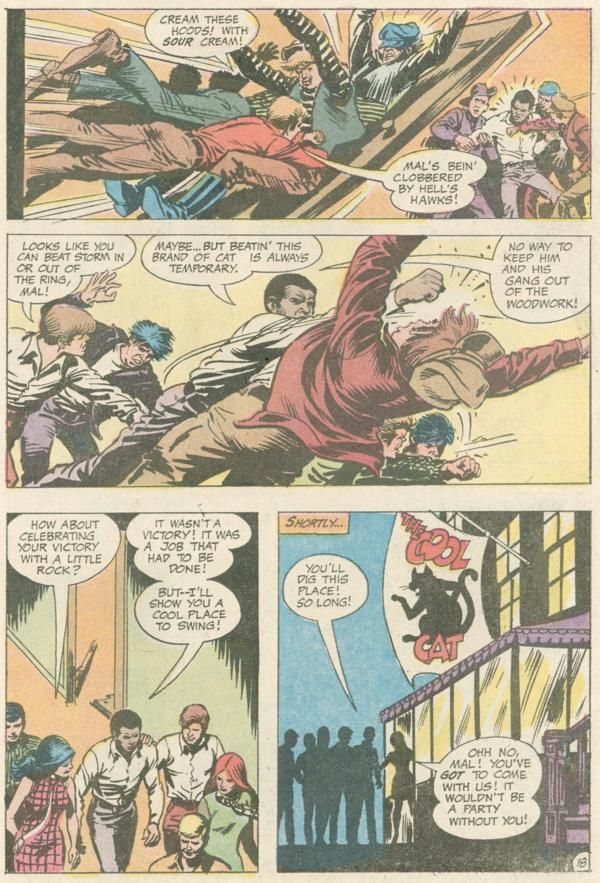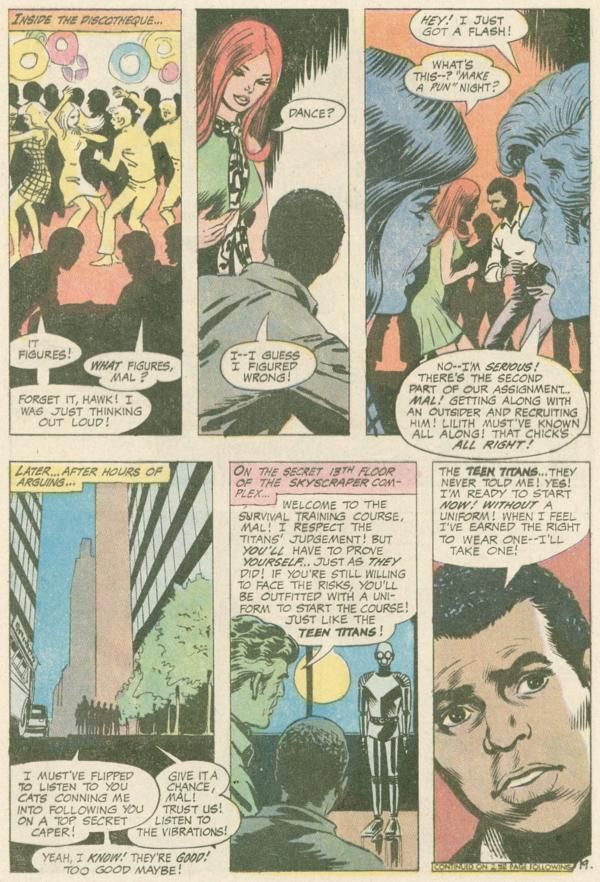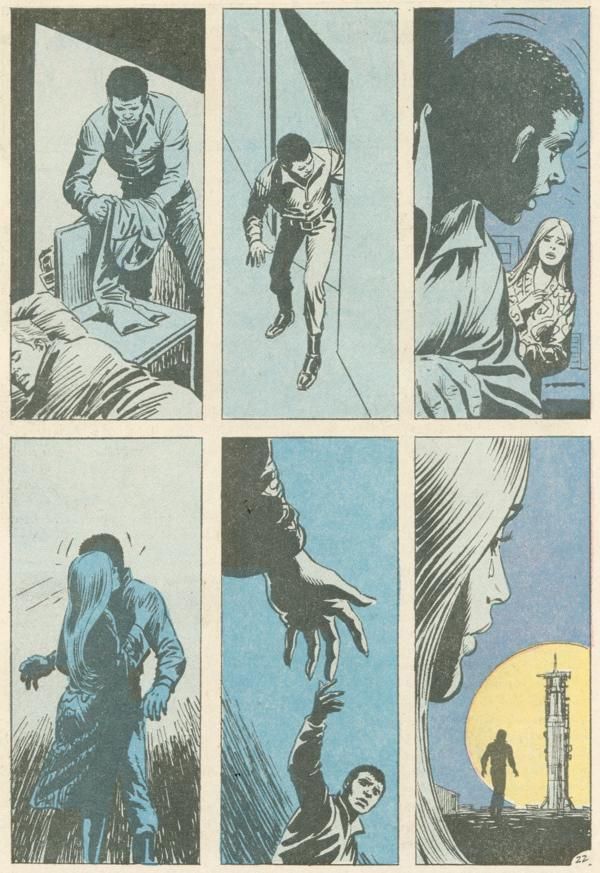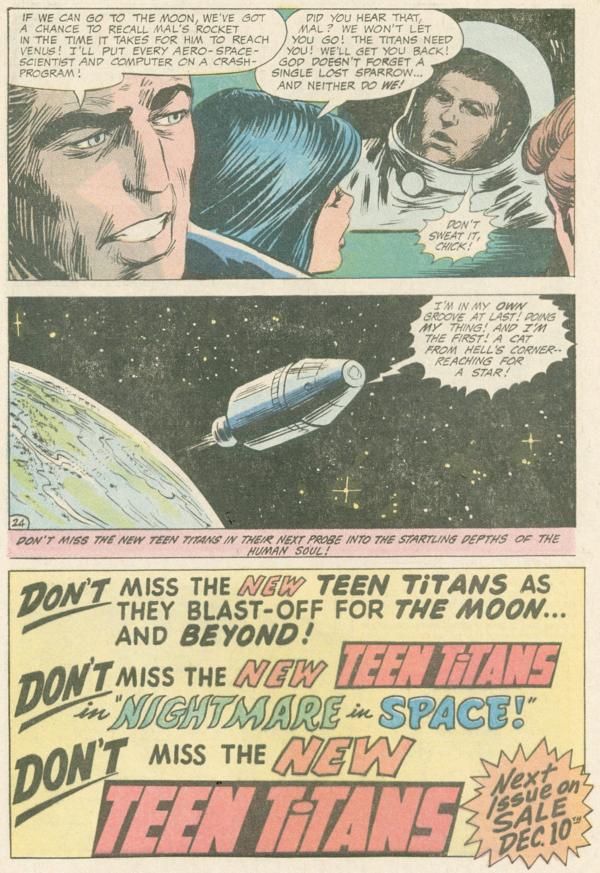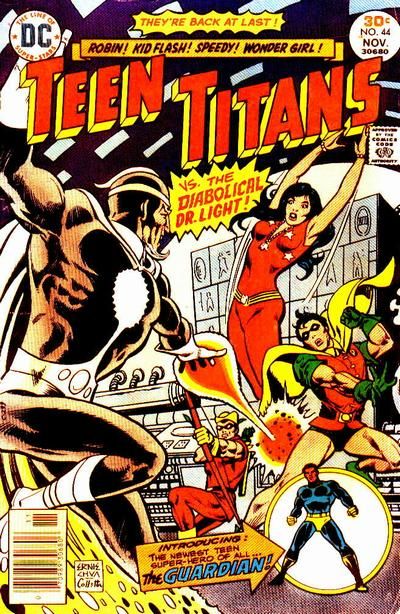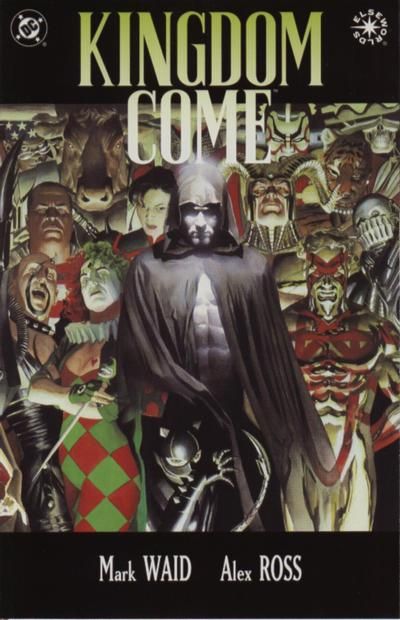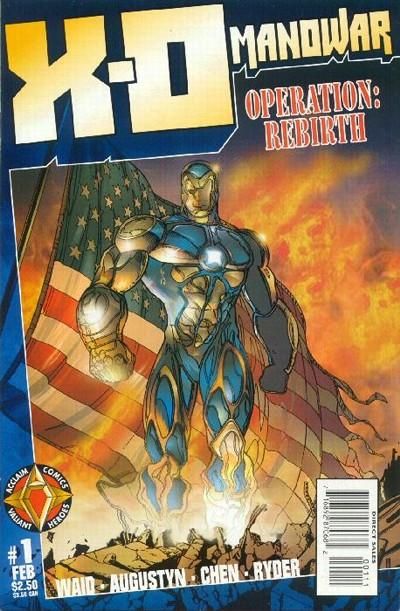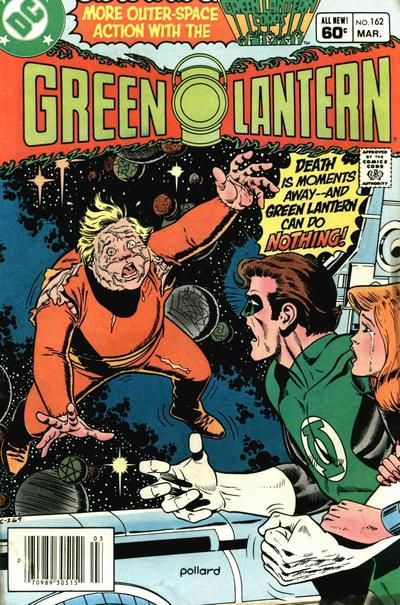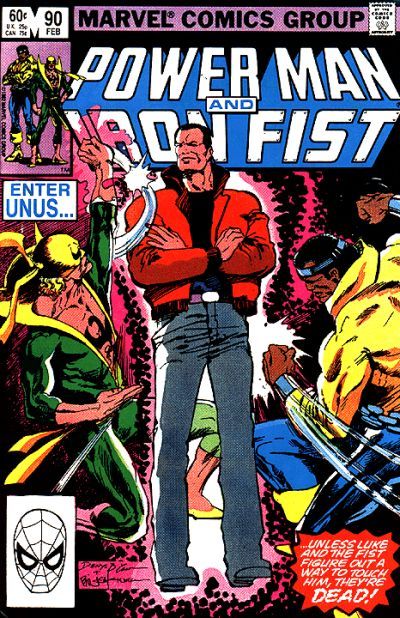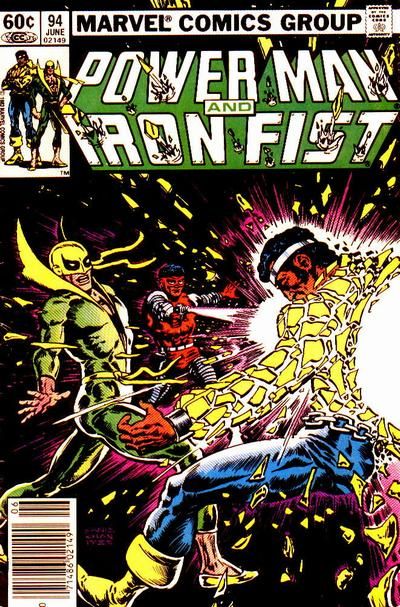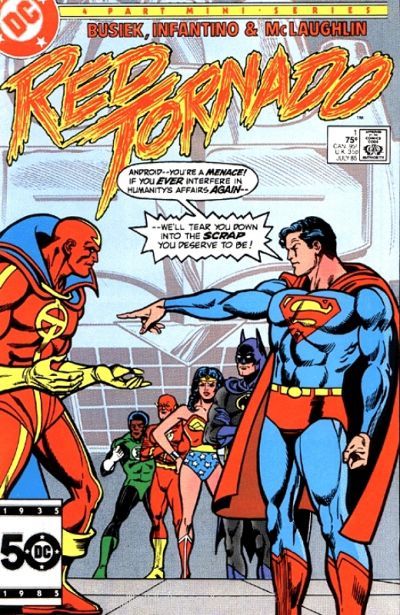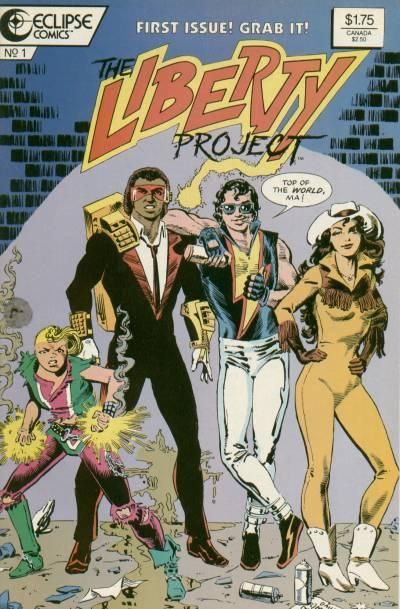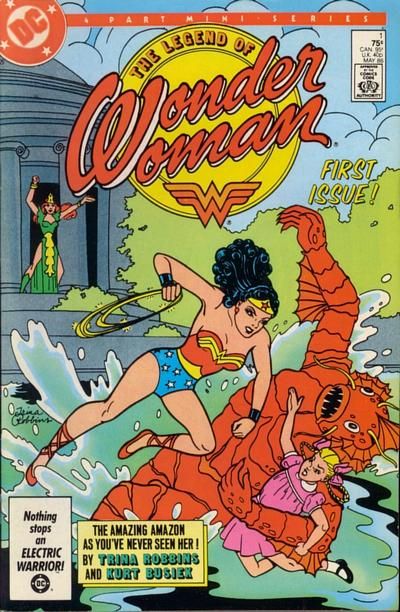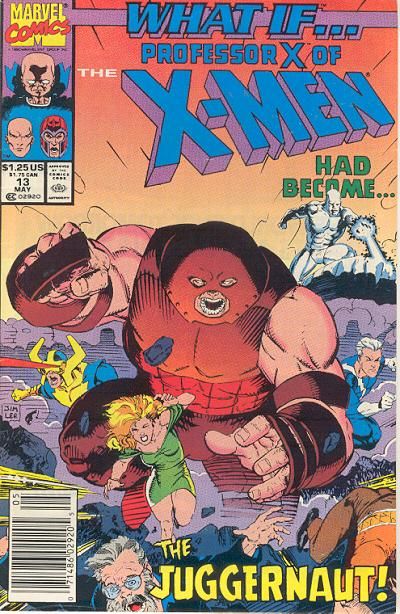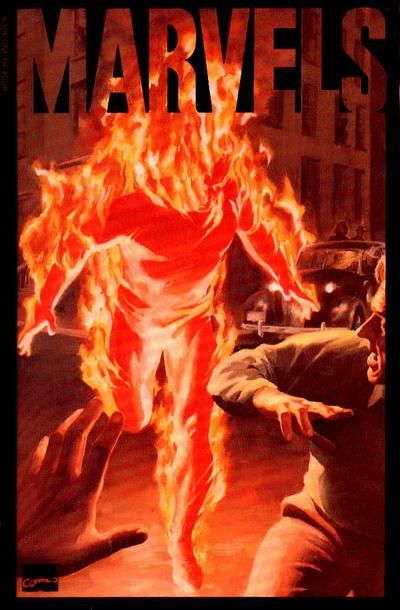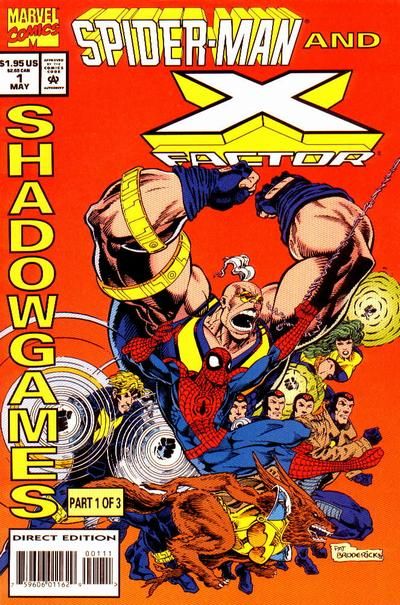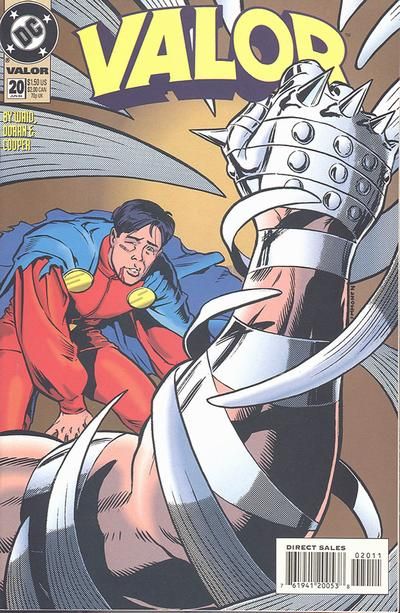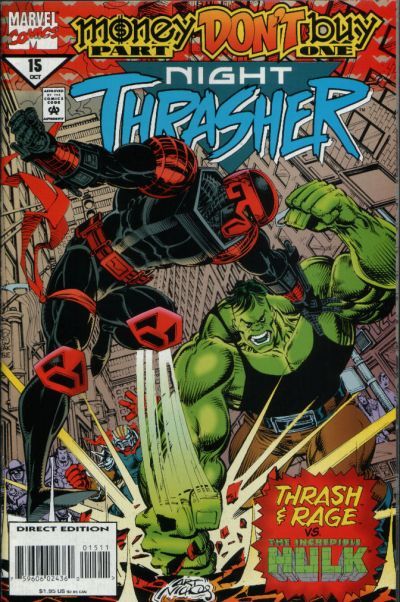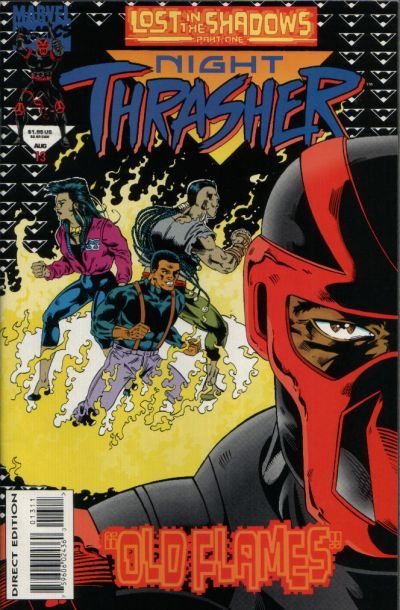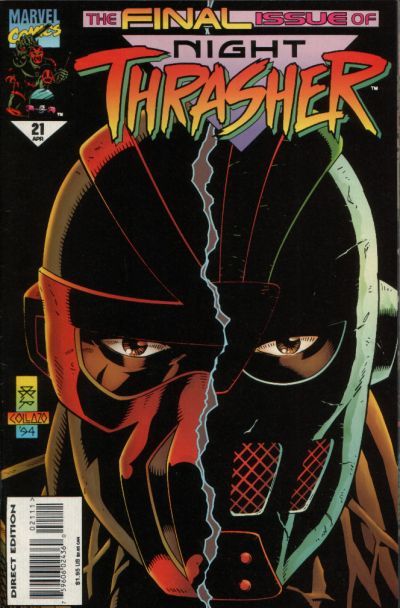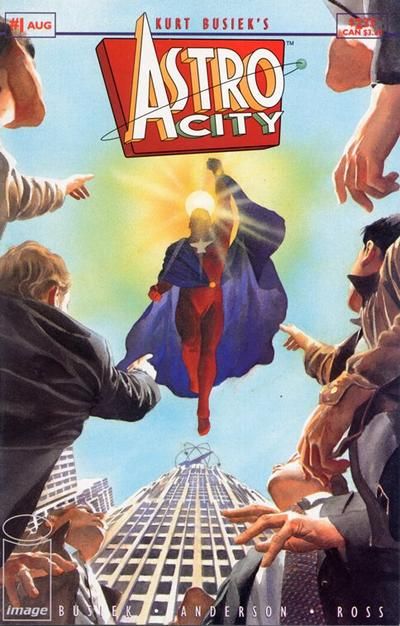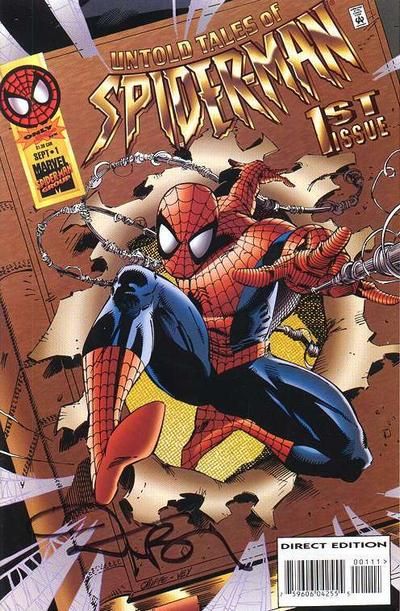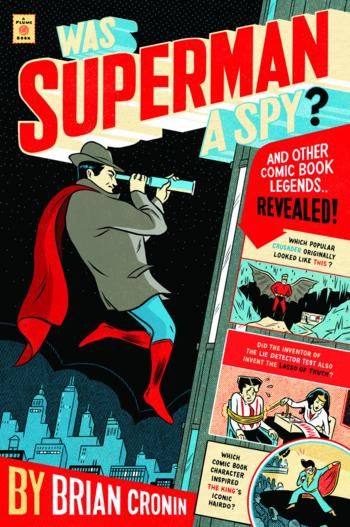Welcome to the two-hundred and twenty-ninth in a series of examinations of comic book legends and whether they are true or false. Click here for an archive of the previous two hundred and twenty-eight.
Comic Book Legends Revealed is now part of the larger Legends Revealed series, where I look into legends about the worlds of entertainment and sports, which you can check out here, at legendsrevealed.com. I'd especially recommend you check out this installment of TV Legends Revealed, which features the Lawrence Welk Show's performance of "One Toke Over the Line."
Let's begin!
COMIC LEGEND: The District Attorney of New York arrested the business manager of EC Comics over the release of Panic #1.
STATUS: True
As I noted in a recent installment of Comic Book Legends Revealed, the first issue of EC Comics' follow-up to Mad, Panic, caused quite a stir upon its release in 1953.
I already told you how it was banned in Massachusetts, but the issue ALSO led to the arrest of both the business manager of EC Comics as well as EC Comics' receptionist!!
The first time around, in Massachusetts, it was the Will Elder Santa Claus parody that was at issue.
This time, it was a great Mickey Spillane parody by Jack Davis, titled "My Gun is the Jury," specifically the depiction of women in the following pages...
A group of New York City police officers went to the EC Comics offices and purchased a copy of Panic #1 from the EC receptionist. Now with proof of sale, they went looking for Bill Gaines, the publisher of EC Comics.
Lyle Stuart was the business manager of EC Comics at the time. When he and Gaines heard cops were looking for Gaines, Stuart had Gaines hide in a restroom while Stuart welcomed the police in and offered himself up for arrest in place of Gaines.
They took Stuart up on his offer, and when they got to the station, they realized they also needed to arrest Shirley Norris, the receptionist who actually sold them the copy of Panic. So they went back and brought her to the station, as well.
As the pair awaited their hearing in front of a judge, Gaines was given a chance to quietly settle the case before it got that far. Gaines was willing to do so (after all, we're talking about a guy who gave himself up for Gaines, naturally Gaines felt responsible for him), but Stuart insisted on taking it all the way to the court.
When the hearing took place, the judge dismissed the case quickly, as the argument that the above shots of women's legs were pornographic were, well, quite ridiculous.
Still, while Stuart and Norris were released and the case dropped, the publicity certainly did not help EC Comics at all when the US Senate Hearings took place a few months later.
Thanks to Digby Diehl's great book, Tales From The Crypt: The Official Archives Including the Complete History of EC Comics and the Hit Television Series, for the information about these arrests!
COMIC LEGEND: Dick Giordano had a page of Teen Titans colored blue to help sort of "sneak" the first interracial embrace in mainstream comics through.
STATUS: True
Dick Giordano took over editing Teen Titans in 1968...
It was during his tenure that Bob Haney was basically phased out as the writer of the title.
Giordano was also behind one of the more famous (or infamous?) periods in the book's history, when the group indirectly led to a peace activist being killed, so the group decided to abandon their costumes and fight for social justice in plain clothes.
In the first issue with this new dynamic, writer Robert Kanigher and artist Nick Cardy debuted Mal, who was the first African-American hero in a DC Comics superhero book. This issue was only a few months after Teen Titans #20 (which was meant to be the introduction of DC's first black superhero before the issue was squelched by editorial), so you can bet that Giordano wanted to get past #20's issues as soon as possible.
We meet Mal when Wonder Girl is being accosted by some hoodlums...
Later, Mal boxes (and defeats) a representative of the bad guy's gang in some sort of 1970' version of a duel.
The bad guys don't take kindly to losing, so Mal's in trouble, but his new friends, the Titans, help him out...
Mal thinks he knows what the score is, but he is wrong...
So anyhow, Mal is offered a spot on the Titans, but he feels unworthy at the moment (I guess because of his lack of powers?), so he takes off on a secret mission, but first, he says goodbye to Lilith (the telepathic Titan, who was also a recent addition to the team at the time).
In the scene, Mal and Lilith embrace, and I guess it is sort of kind of meant to be Lilith kissing Mal on the cheek.
Whatever the case, Giordano was told by editorial to nix the scene, but instead, Giordano had the whole page colored blue...
He still ended up receiving a good deal of hate mail (and even a death threat or two) over the issue.
As it turns out, Mal decides to sneak off on a mission to space to "prove" himself...
He'd eventually return and join the team for real when the Titans started up again in 1976 (after the first series quietly ended in 1973).
Pretty amazing the stuff that had to be done in the SEVENTIES, even, to work black characters into comics.
Thanks to Michael Eury and Dick Giordano's book, Dick Giordano: Changing Comics, One Day At A Time, for the information!
COMIC LEGEND: Kurt Busiek followed Marvels up with Astro City.
STATUS: False Enough for a False
There are many ways in which a "legend" gets started. This whole column started when something said in a letters column of Walt Simonson's Fantastic Four was misconstrued (see this installment of Comic Book Legends Revealed to see what said misconstruing led to), so it can happen in the most innocent of fashions.
In this case, a bit of a legend has sprung up based on a self-deprecating joke Mark Waid told about his career many years ago.
Now do note that I'm pretty sure Waid's used this same line a few times, but the only concrete example I've found is from an interview ten years ago on a Jesse Quick fan site by Aeia Leilani...
Leilani: Looking back, what are your thoughts on the success of your work to date? Is there anything you would have done differently?
Waid: I would have capitalized better on the success of KINGDOM COME. Kurt Busiek used MARVELS to launch ASTRO CITY; I followed KC with such stellar works as X-O MANOWAR. Nothing WRONG with it, but I would have, in retrospect, been much better served to use that momentum to launch a creator-owned series.
Clearly, the intent of this comment is to say that, upon further consideration, Waid thinks he should have followed the success of Kingdom Come with creator-owned work. And he just points out that Kurt Busiek used the fame he received from the success of Marvels to launch a creator-owned work, Astro City (a work that continues to this day).
However, the way the quote has been preserved over the years has simply been "Kurt Busiek followed Marvels with Astro City. I followed Kingdom Come with X-O Manowar."
In THAT context, Waid appears to be self-deprecatingly making fun of his work on X-O Manowar, which was never the actual case. On the contrary, Waid is proud of his work on X-O Manowar.
But the other interesting thing is that that said quote has become so indelible, I think it gives a false impression of Busiek's career, as well.
It is true that Waid essentially followed Kingdom Come with X-O Manowar.
At the time Kingdom Come was ending, Waid was still writing Flash for DC Comics, but his Marvel Comics work was coming to an end (for a time), with Captain America ending due to Heroes Reborn and Waid's X-Men run cutting short.
So the next ongoing series he did after Kingdom Come was, in fact, X-O Manowar, as part of Fabian Nicieza's relaunching of Valiant Comics.
Kurt Busiek, on the other hand, was a different story.
First off, it seems as though folks occasionally have the wrong impression on Busiek. He is really the proverbial case of the seemingly "overnight success" who was actually working to that point in his career for years.
Before Busiek had his breakthrough comic work with Marvels in 1994, he had been working in comics, in one capicity or another, for over a decade after graduating from college in the early 1980s!
His first professional story was a back-up in an issue of Green Lantern Corps.
His first ongoing gig was a year-long stint as the writer on Power Man and Iron Fist, working alongside fellow young comic book creator, the great Denys Cowan (who had a bit more experience at the time, as he had been working in comics professionally since he was still in his teens) as well as later, the veteran artist Ernie Chan.
For the next ten years, Busiek kept working in comics professionally, which is impressive in and of itself.
But Power Man and Iron Fist remained his last sustained ongoing series for Marvel or DC.
Until 1994, that is, when he wrote Marvels alongside comic artist, Alex Ross.
The comic launched Ross' career as a superstar comic book artist and also firmly put Busiek's name on the map.
However, if you were Kurt Busiek, and you were just working for a decade on whatever assignments you could get a hold of, how could you know how this comic would affect your career one way or the other? How could you really change your approach of doing whatever work you could get?
So the comic that Busiek literally followed Marvels with?
Spider-Man/X-Factor: Shadowgames
Next, he took on as writer of Valor from Mark Waid for the conclusion of that title's run...
And his first real ongoing comics project after Marvels?
Following Fabian Nicieza as the regular writer on Night Thrasher.
(By the by, the writer who did a fill-in between Nicieza and Busiek was Dan Slott...
That has no real importance except it's amusing that Night Thrasher had as its three writers Nicieza, Slott and Busiek - not a bad pedigree for Night Thrasher!)
Busiek worked alongside co-writer Steve Mattsson (who also co-wrote Superboy and the Ravers with Karl Kesel) on Night Thrasher until the title ended with #21.
It was a few months later that Busiek did, indeed, launch his excellent creator-owned work, Astro City.
Do note that at almost the same exact time he launched his excellent Marvel comic series, Untold Tales of Spider-Man.
As I note at the very beginning, we're basically talking semantics here. Busiek certainly did use Marvels to launch Astro City, in the sense that he never would have had the opportunity to make such an impact with Astro City had it not been for his work on Marvels (heck, Alex Ross' involvement alone was a big deal). However, since almost a year and a half (and two ongoing series) lapsed between the end of Marvels and the beginning of Astro City, I don't know if you can really say that Busiek followed Marvels with Astro City.
It's totally a semantic point, but I think it's one that demonstrates a mistaken impression that people have with Busiek's career, so I felt that it was worth pointing out.
Thanks to Aeia Leilani and Mark Waid for the initial quote!
Okay, that's it for this week!
Thanks to the Grand Comic Book Database for this week's covers! And thanks to Brandon Hanvey for the Comic Book Legends Revealed logo!
Feel free (heck, I implore you!) to write in with your suggestions for future installments! My e-mail address is cronb01@aol.com.
As you likely know by now, at the end of April, my book finally came out!
Here is the cover by artist Mickey Duzyj. I think he did a very nice job (click to enlarge)...
If you'd like to order it, you can use the following code if you'd like to send me a bit of a referral fee...
Was Superman a Spy?: And Other Comic Book Legends Revealed
See you next week!

